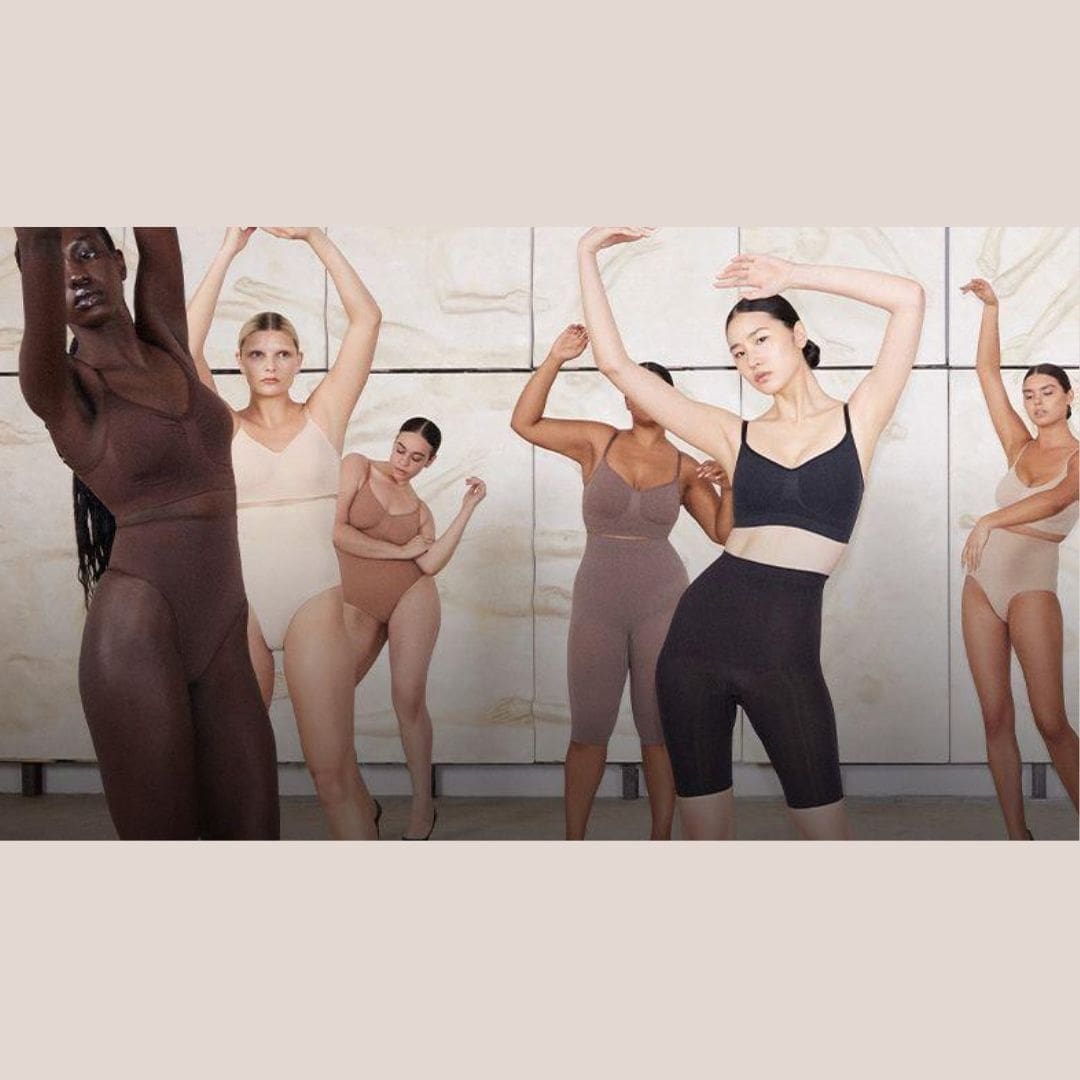The global adaptive shapewear market is estimated at US$ 2,921.4 Mn in 2022 and is projected to reach US$ 6,605.2 Mn by 2032, with overall sales accelerating at 8.5% during the forecast period.
Adaptive shapewear is a type of underwear, which helps in looking slim and improving the body figure by compressing the fats and skin folds. As people nowadays are very conscious about their appearance and their social status, achieving the ideal body shape and complying with beauty standards in society has become critical. For this purpose, people are increasingly using adaptive shapewear products. This will continue to boost the market.
Shapewear helps people in achieving the ideal body shape without going to gym and dieting, gaining demand among ladies as well as gents. They also help people to deal with body deformities.
Shapewears are increasingly popular undergarments in the fashion business. These shaping underwear are designed for certain areas such as the stomach, waist, hips, and thighs. People can utilize the appropriate shapewear depending on their needs. Because shapewear instantaneously provides optimum figure and body configurations, the working population, particularly women looking for work-leisure attire, is acquiring and wearing it.
More than 40% of women use shapewear to improve their waist and hip shape. Bodysuits, corsets, control tights, control panties, control slips, girdles, slimming camisoles, and many other types of shapewear for women have been introduced to the market, and are available in a variety of sizes to fit any type of body.
Technological improvements in the garment and fabric sectors are increasing adaptable shapewear innovation and, eventually, sales. Laser cutting and bonding technology aided in the removal of shapewear seams and fastenings that caused them to be uneven.
Because they are flexible and tensile, synthetic materials such as neoprene, spandex, and lycra are often utilized for shapewear. These enhanced fabrics breathe better, are softer, and have toning characteristics for excellent body sculpting. Because people became accustomed to wearing comfortable clothes during the COVID pandemic, manufacturers are focusing on improving the comfort of shapewear.
On the other hand, there are certain factors limiting the market expansion. These include the use of cheap and poor quality fabric by small manufacturers, availability of alternatives to the shapewear like activewear and sportswear, and health complications that can occur on excessive use of these shapewear.
Key Takeaways from the Adaptive Shapewear Market Study
· Based on product type, the adaptive pants and tops segment is anticipated to contribute a significant value share of around 53.2% during the forecast period.
· By consumer orientation, women segment holds nearly 90% market share of the global market.
· North America and Europe together hold the biggest share of the global adaptive shapewear market.
· The U.S. adaptive shapewear market is poised to exhibit strong growth over the projection period.
· Demand for adaptive shapewear products across India is likely to increase at a healthy pace over the next ten years.
“Adaptive shapewear are being used by people to improve their appearance, leaving a positive impact on the people as well as getting a confidence boost. The technological advancements and influence of social media are responsible for the increasing interest and sales in urban areas,” says an FMI Analyst.
Who is Winning?
Some key players in the adaptive shapewear market are YITTY, Shein, SKIMS, FFORA, Tommy Hilfiger, Zappos Adaptive, Slick Chicks, Care+Wear, IZ Adaptive, Buck & Buck, Izzy Camilleri, Able2Wear, PVH Corp., NBZ Apparel International, Adaptions By Adrian, Creation Comfort and others.

